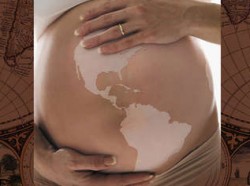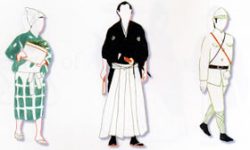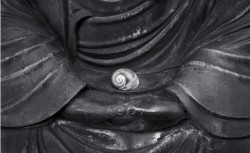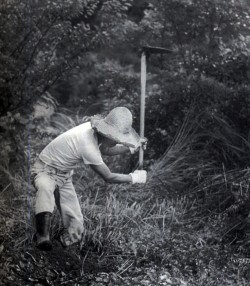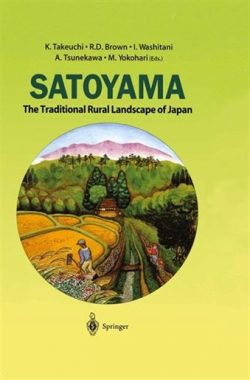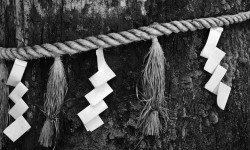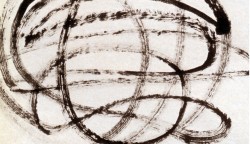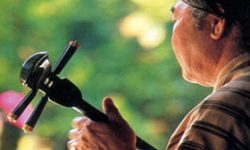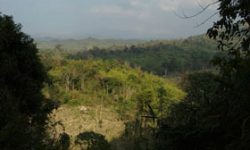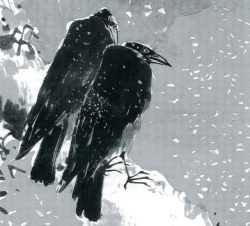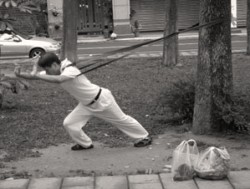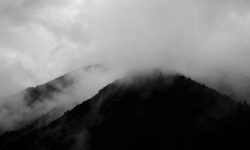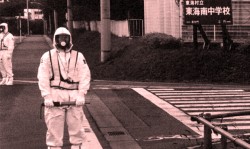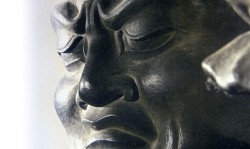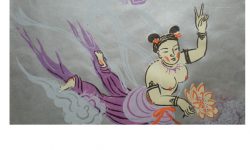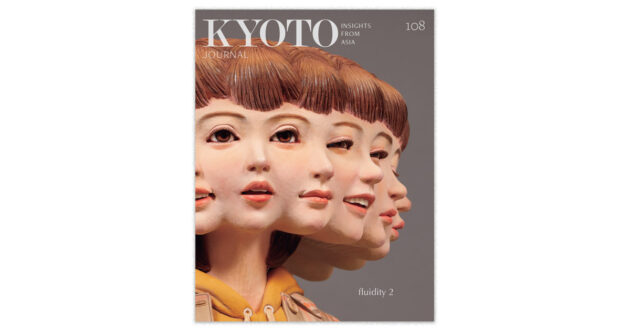Posts by johneinarsen
Call Me Okaasan, Losing Kei
Call Me Okaasan is the title of Suzanne Kamata’s collection of essays by twenty mothers raising multicultural children, mostly abroad, in a variety of situations.
Read MoreA Festival of Ages
Imagine Kyoto in the year 1868… To symbolise the new dawn it had been decided the emperor should move his capital to Tokyo. When the day of his departure came, thousands of citizens lined the streets, many distraught and in tears.
Read MoreBiodiversity is a Practice
NATURE, BUDDHISM
BY SUSAN MURPHY
To practice a comprehensive awareness of mind, and to live from that ground, means more than enriching our intellectual grip on the deeply disquieting descent of biodiversity.
Read MoreRich Lives
During my years in Japan, I met people living in the countryside who were engaged in non-mainstream work…. I saw that, for all their differences…they all share…an uncompromising insistence on having time in one’s life…
Read MoreThe Science of Satoyama
Japan’s traditional rural landscape, comprised of villages bordered by fields and tended woodlands, is known as “satoyama.”
Read MoreSeeing the Forest and the Trees
“In Japan, divinities might be of mountain, sea, or river. People find divinities in nature. This religious faith still exists…”
Read MoreTea & Qi: An afternoon with Beijing artist Siao Weijia
Talking to Weijia, who also goes by the name Viktor, I was struck by how his bicultural experience was at once almost painfully unique and at the same time so familiar and universal.
Read MoreMusic vs Militarism
The pottery grounds, Chibana tells me, were formerly a bomb disposal yard. At once, my body tenses. I begin to step gingerly, looking at where I place my feet. The floor is simply earth though — dusty red clay. The potters are young, bandanas on their heads; their bare feet are clay red too…
Read MoreFrontier Country: The political culture of logging and development on the periphery in Laos
In the last few years, an increasing amount of timber has been mined out of the frontier forests of Laos, nearly all of it bound for Vietnam…
Read MoreRevealing the Invisible
The Hawaiian word ‘mãnoa’means “vast and deep,” and is a literal description of the lush green valley on O‘ahu that is home to a unique bi-annual publication of the same name…
Read MoreThe Dharma of the Rings: A Buddhist Interpretation of the Lord of the Rings
The Lord of the Rings as a modern Buddhist myth? Not very plausible, on the face of it.
Read MoreYosa Buson: Haiku Master
Yosa no Buson (1716-1783) was one in a triumvirate of haikai immortals of the Edo era in Japan: before him came the master, Matsuo Basho (1644-1694), and after him the “humanist” Kobayashi Issa (1763-1826).
Read MoreHow to Move a Tree
Early one morning in a park in Taiwan I came across a man who had stopped off on his way home from the market to harness himself to a tree…
Read MoreMediating between Nature and Imagination: Sudo Hisao
Sudo Hisao’s latest sculpture, not yet dry, stands in his ceramic studio: a giant acorn, bursting with life, erotic tip pointing upwards…
Read MoreMantra from Ajari-san
Ajari — “Great Teacher” — is a title conferred on monks…who have completed the great sennichi kaihõgyo training… This meditative practice involves walking a total of over 38,000 kilometers in 1,000 days, within a seven-year period.
Read MoreJapan’s Nuclear Nightmare
The Monju fast-breeder reactor plant, designed to burn the world’s deadliest substance, plutonium, had been shut down since a December 1995 accident in which a secondary cooling pipe burst…
Read MoreCrow Home
The sky seems to be a mix of dust and smoke, laced with an urban haze: something gray, something muddy, not blue at all. Maybe it had been blue once…
Read MoreThe Classic Kyoto Guide
For the traveler who wants to savor the hidden charm and beauty of this ancient city’s backstreets at a leisurely pace, Diane Durston’s updated and fully revised edition of her 1986 book, Old Kyoto, offers a warm and personable guide.
Read MoreIn the Eternal Now
BY KEN RODGERS
Overlooking Kyoto from his sacred mountain — one hand shading his eyes against the southern sun — the Bishamonten of Kurama has seen it all. Purple dawns, golden sunsets, the habitual arcs of moon and planets, seasons of rice-plantings, harvests, fire festivals…
Read MoreAwakening the Goddess Within: An Interview with Mayumi Oda
Graphic artist Mayumi Oda’s cultural, spiritual, and artistic odyssey has taken her through many lives, eras, countries, and incarnations…
Read MoreChronicling Japan’s Indelible Art
Traditional Japanese tattooing is one of Japan’s high arts and is widely recognized by the rest of the world as the pinnacle of the craft, though its virtues are widely denied in its native land.
Read More
